VIENNA — Brett Trefethen has found some fascinating, cool and enduring things in barns he has bought to salvage for their highly desirable and recyclable boards.
His latest acquisition contains the coolest thing yet: a house.
Bought decades ago by a farmer who needed a building for his cows, the house – an old hotel, actually – was converted to a barn. With a 25-foot-by-40-foot addition in the front and wearing a layer of red paint, its early identity has been successfully disguised.
“People make barns into homes,” Trefethen said, but it never seems to happen the other way around.
With boards pulled away and the roof off the extension, the white clapboard front of the home is revealed, looking worse for the wear it has seen, but with its door intact.
Inside, the building’s former kitchen shows where stalls for animals were added, and the detritus of farming litters the front room.
Trefethen picked up a wood rake head, hewn from a board, hinged and held together with bolts.
“There’s no going to Tractor Supply Co. for this,” he said. “This is a custom-made implement. It’s roughly made, but it works.”
It served one purpose when it was made, but now it will serve another.
“What could this be?” he wondered, turning it over and looking at it from another angle. That will be a question for Amy Grant to ponder.
For about eight years, Trefethen and Grant, who are married, have been salvaging barns and repurposing the wood through their business Barn Boards and More for tables, picture frames, kitchen islands and whatever else people can think up. The wood they find and use is usually pine or hemlock, sometimes oak or ash, all with the nice, tight grain characteristic of trees left to grow undisturbed for decades.
They both like to think they are giving a second life to wood that dates back to a time before power tools, when cutting trees and sawing lumber was a significant investment of time and energy.
In the case of this Vienna barn, though, it’s more like a third life.
Although it’s not overly large, the building got its start as the Mineral Spring Hotel. It earned this brief mention in the town’s history: “Vienna was famous for its mineral springs, the water being advertised as a sure cure for rheumatism, dropsy, liver complaints, kidney diseases, indigestion and stone in the bladder. In 1879, the Vienna Mineral Spring Hotel was advertised as being newly fitted and furnished throughout.”
At some point after that, and apparently rather abruptly, the hotel closed.
Once Trefethen got inside and started poking around, he found what was left of the items that the previous owners had stored — an exercise bike with nearly 3,000 miles on it, a pressure cooker, old military uniforms and Gateway computer boxes. But tucked in closets and up in the attic are older items like shoes and alligator bags from 100 years ago or more that give the impression that the building was vacated without much ceremony or care.
“Maybe it was tuberculosis? I don’t know,” he said, standing on the second floor of the house Friday afternoon.
Grant and Trefethen didn’t start out with a plan to make furniture out of recycled barn wood, even though they have childhood memories of playing in and around barns and a shared appreciation of the work of earlier generations that barns represent.
“I feel like if we do this, we’re doing justice to the work that they did all those years ago,” Trefethen said.
Their first barn came to them serendipitously.
Grant’s sister needed a barn taken down. A couple of people offered to do it in exchange for the wood, and a deal was struck.
“They came with a chainsaw and took two loads of wood and left the rest standing. They cherry-picked the best stuff and left,” Grant said. It’s clear the exasperation lingers nearly a decade later.
She and Trefethen were restoring a farmhouse they had bought in Mount Vernon between his job as a teacher and her job as a visual merchandiser at the Patagonia store in Freeport three days a week. They needed wood to finish their own project, and the barn fit the bill.
Slowly the business started to take shape, like one of Grant’s tables. As a visual merchandiser, Grant designed the window displays at Patagonia and built things from time to time. Then a co-worker who opened a bakery in Portland commissioned her to make table tops, and that led to referrals that led to business, and now they are working with a client to put barn-wood tables in a restaurant in Tribeca.
Along the way, Grant left Patagonia to build furniture full time in a wood shop in Mount Vernon with tools she inherited from her father.
She and Trefethen recently opened a studio on Water Street in Hallowell, which displays furniture, pillows and aprons courtesy of daughter Ella, and interesting items they have come across and repurposed for sale.
They also sell salvaged wood to others to complete their projects, and they have an inventory of old doors and windows collected out of barns and salvaged from other demolition projects that they also reuse or sell.
They burn the wood scraps and kindling that furniture production creates, and they use the sawdust for their own animals.
“This wood,” Trefethen said, pointing to boards pulled from the Vienna barn, “is probably going to go for flooring in Nantucket.”
Grant said they have never really had to seek out barns. In their network of family and friends, someone always seems to know someone who needs a barn removed.
The usual reason is that it’s become a hazard and insurance companies want it knocked down. Or as in this case, the land is going to be sold, and the owners think they’ll have a better chance of making a sale if the land is cleared.
“People call me and tell me they have a barn they need taken down,” Trefethen said. “And I say, ‘Can you save it?’ And then there’s this awkward pause.”
Trefethen and Grant feel that if a barn can be saved, it ought to be. And if it can’t, it should be salvaged and not – as in the Vienna case – scheduled to be incinerated in a controlled burn.
“We had been driving by, looking at it,” Grant said, as they do with other barns they see on their travels in Maine. This one stood out in part because it’s red. Most Maine barns are white or unpainted clapboard that weathers to a silvery gray.
This will be the first time they have taken down a house. Barns are more straightforward and produce less waste, because most, if not all, of what’s in them can be salvaged. The floor boards especially are thick enough to be used for flooring or table tops. Other boards can be used as skirting or aprons for the tables. Houses, particularly older ones, are filled with horsehair plaster that can’t be saved or reused.
Poking around just as the sun was breaking from behind the clouds Friday, Trefethen said this project might become a reassembly project, but it depends on what they find when they start to get at the structure of the house. It tilts to one side, probably because the sill supporting the root cellar has slipped. Some water has probably gotten in through the space on the roof where the boards have started to pull apart. But if it’s sound, it might end up being a house someplace else.
“How cool will that be?” he said.
Send questions/comments to the editors.


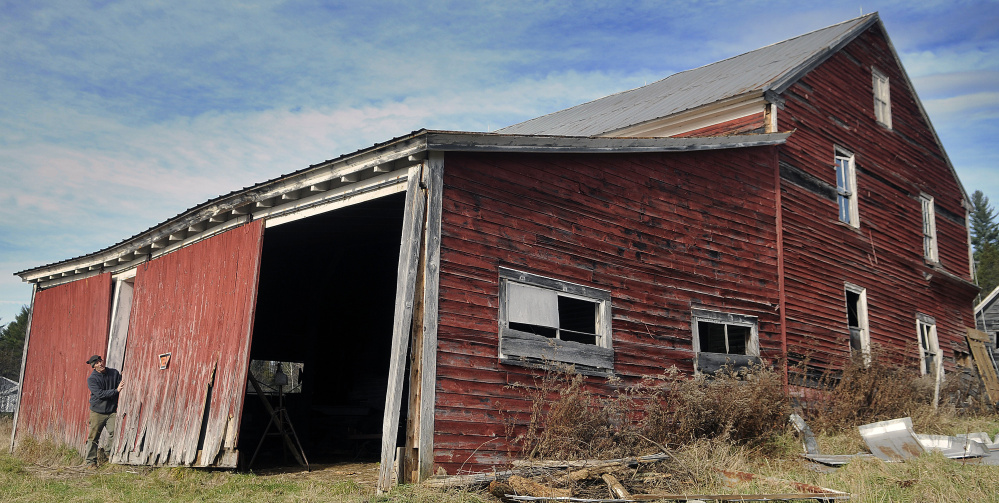
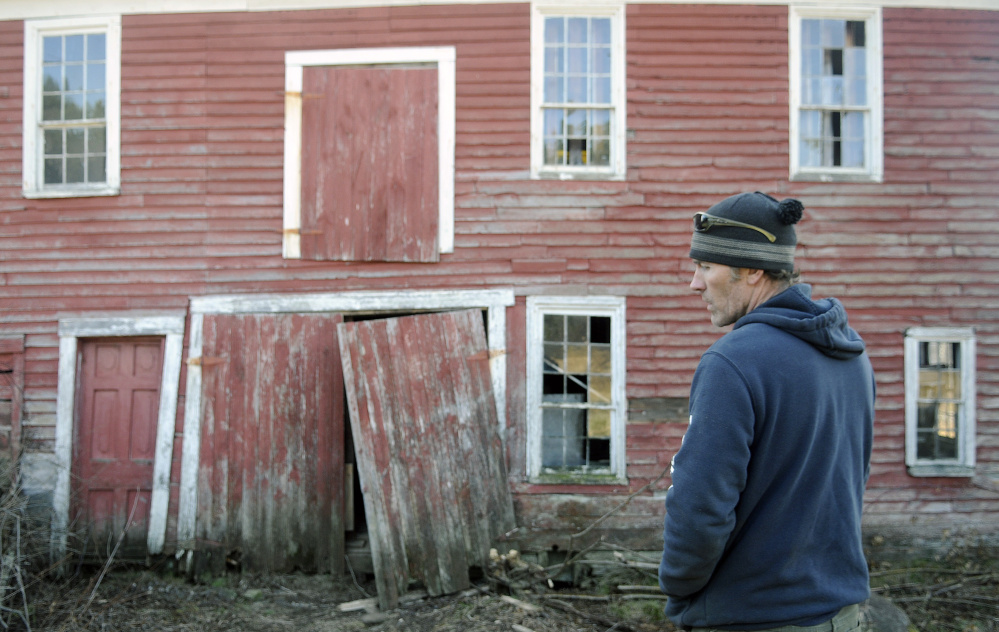
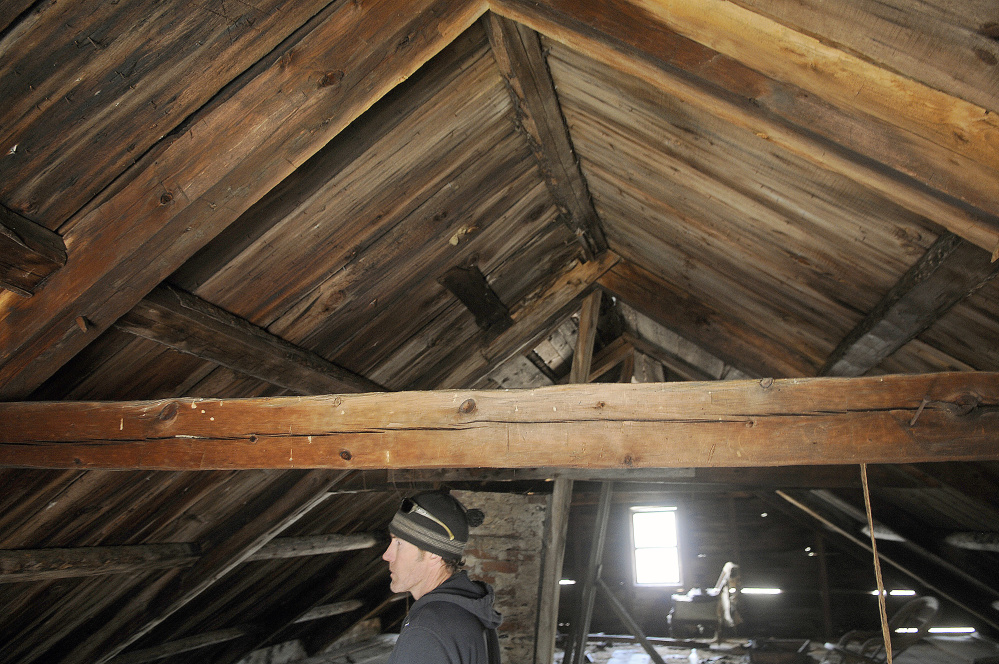

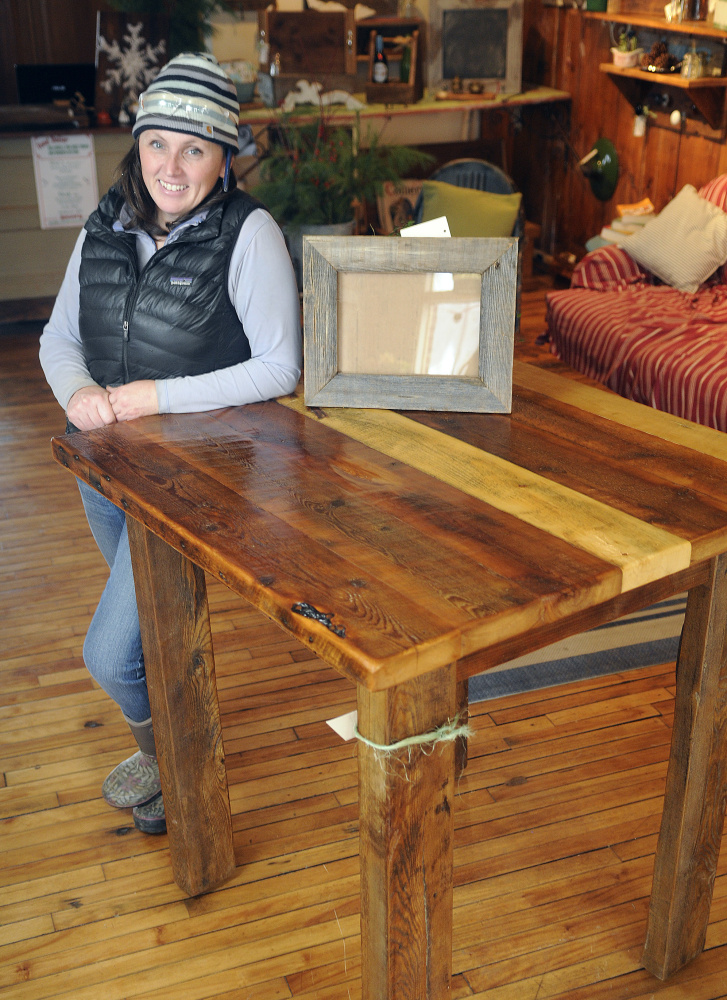
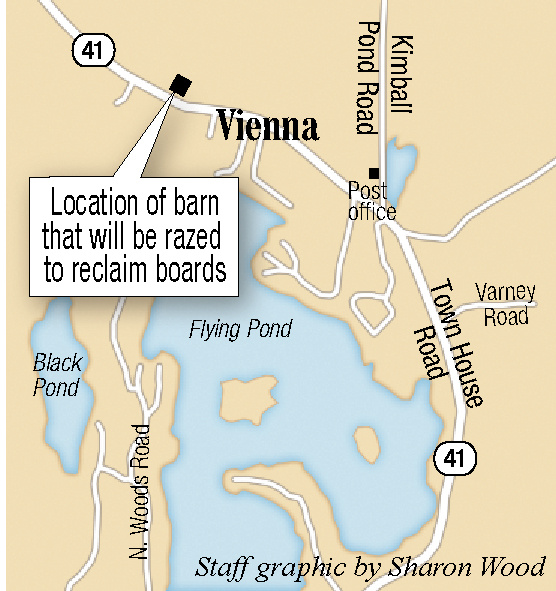

Comments are no longer available on this story